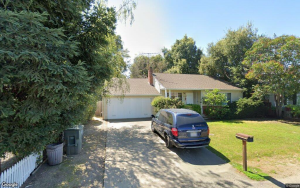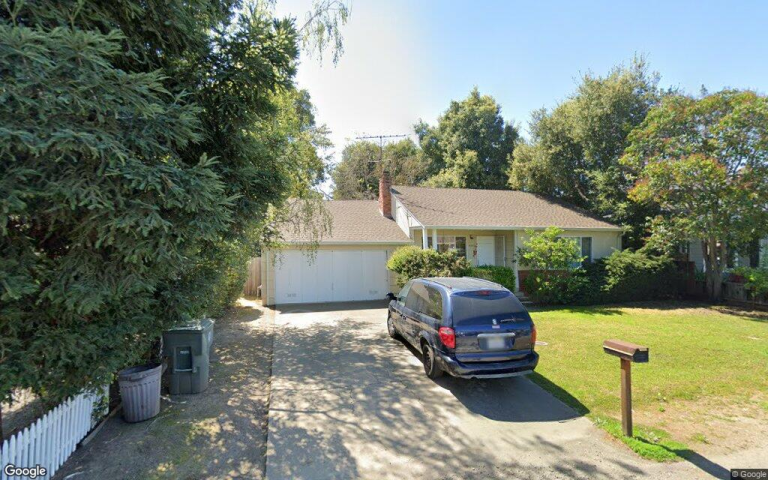As the Metropolitan Transportation Commission considers its options for a regional revenue measure for 2026 next week, leaders from Santa Clara County have notified the agency that they will not opt-in on its approach and could instead seek their own tax measure should polling data indicate voter support.
Last month, members from the Valley Transportation Authority Board sent a letter to the commission indicating their position of maintaining greater control of local funds — emphasizing the need to receive a fair share — which they said was in the best interest of their taxpayers and the transit agencies operating in the county.
“We’ve made clear that we have to have control over our own destiny and maintain, first and foremost, our own funding sources and services levels here,” said San Jose Mayor Matt Mahan, who was appointed vice chair of the VTA Board of Directors.
The MTC is considering a regional funding measure to help struggling Bay Area transit operators like BART, the San Francisco Municipal Transportation Agency, and Caltrain, which are currently straddling the financial cliff.
Between the struggling agencies in the nine Bay Area counties, hundreds of millions of dollars are needed to offset deficits primarily caused by the inability to recover ridership since the pandemic.
One of the current scenarios on the table includes a half-cent sales tax for at least San Francisco, Contra Costa, Alameda and San Mateo Counties with option for the other counties to “opt-in.” If only the four base counties are included, a sales tax would generate an estimated $540 million per year. A regional measure could generate approximately $1 billion per year if a tax includes all nine counties.
The MTC has also looked at a hybrid model to generate revenues through payroll and sales tax. Between the nine counties, it could generate approximately $1.5 billion annually.
However, the VTA does not face the same financial pressures as other transit operators because Santa Clara County taxpayers subsidize public transportation to a far greater extent than any other counties in the Bay Area.
The VTA is primarily funded through four existing sales tax measures – not farebox revenues like the other agencies – generating nearly $900 million annually.
Those taxes approved by the voters include:
1976 Measure A — a permanent tax that generated $275.3 million in fiscal year 2023.
2000 Measure A — a tax that expires in March 2036 and generated $275.3 million in fiscal year 2023.
2008 Measure B — a tax that expires in March 2042 and generated $67.2 million in the fiscal year 2023.
2016 Measure B — a tax that expires in March 2047 and generated $273 million in fiscal year 2023.
Related Articles
San Jose sets special election date to fill Omar Torres’ vacant seat
PG&E promises big improvements in attempt to keep San Jose from pursuing city utility
Borenstein: The different ways the Omar Torres, Pamela Price, Sheng Thao and Nikki Bas seats will be filled
Joe Thornton Day: Sharks icon left indelible mark on franchise, San Jose
Good Samaritan Hospital clears rezoning hurdle at San Jose City Council
When the concept of a regional tax measure and agency consolidation was broached through potential legislation earlier this year, the VTA’s board raised concerns about how a regional measure could impact the ability to reauthorize one of its sunsetting sales tax measures. It also questioned how the funds would be allocated and whether they would best serve its taxpayers, as approximately one-quarter of revenue would come from Santa Clara County.
Although that bill ultimately was pulled due to a lack of support, some of the same concerns remain, especially with ensuring that Santa Clara County taxpayers are not subsidizing other agencies.
“Any mandate on this county to participate legislatively speaking in a sales tax as far I’m concerned, as far the mayor is concerned and I think the entirety of the Council, would need to have return-to-source,” State Sen. Dave Cortese said at Tuesday’s San Jose City Council meeting. “(It’s) no fair taking the largest sales tax paying population … here in San Jose and Santa Clara County and shipping that money, for example, to San Francisco to support the fiscal cliff.”
While the MTC could provide greater clarity on what a regional approach could look like next week, what is known now is that Santa Clara County will need to reauthorize a sales tax measure in the next decade if it wants to avoid the same challenges other transit operators are facing and increase service levels in the future.
Despite its desire to pursue a parallel tax measure, Mahan said proceeds would also help out other struggling agencies like Caltrain and BART, which operate in the county, because the VTA already currently helps to support those agencies.
“We have existing agreements that can be updated,” Mahan said. “We can contribute more as long as it is done through a principle of fair share, so we don’t need a new framework or vehicle for this.”












